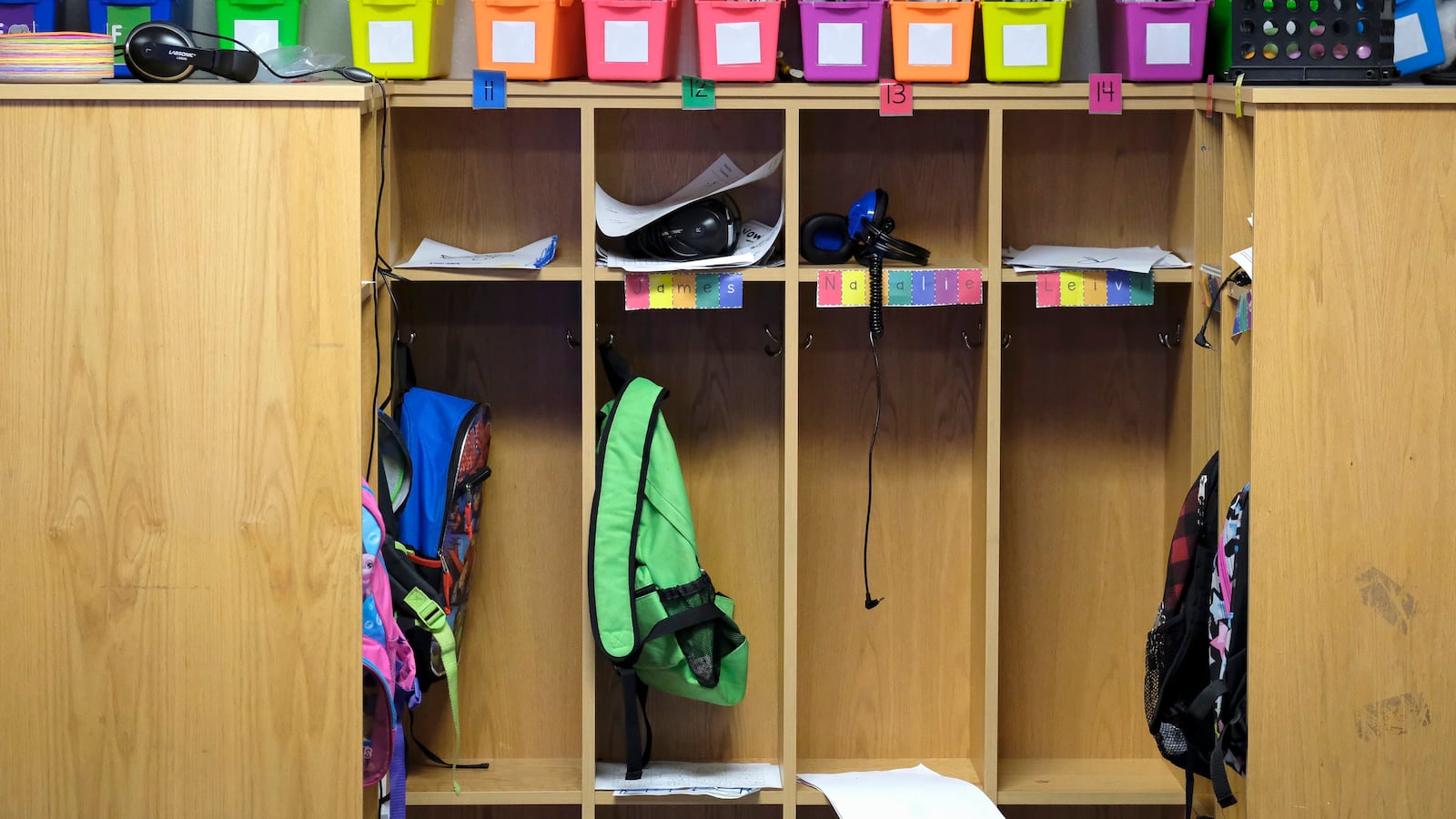An Indianapolis elementary campus wants to become the district’s first “jumpstart” school, an approach that aims to improve the struggling campus without the massive staff overhauls that are common at schools that are restarted with charter partners.
If the Indianapolis Public Schools board approves Principal Tihesha Henderson’s proposal, School 99 — also known as Arlington Woods — would become an innovation school with a focus on emotional support for students and teachers under her leadership. The school, which would see these changes next school year, would also partner closely with the community development arm of Eastern Star Church.
As an innovation school, it would remain part of the district, but it would be managed by an outside organization. The teachers would work for that nonprofit, and the school would not be bound by the contract that the district’s teachers union negotiated. That would give Henderson the freedom to change the school schedule to give teachers more training, and it would give her more flexibility over how much she pays staff.
“We are working hard every single day, but it’s just not enough time for our teachers,” Henderson told the school board during a meeting Monday.
School 99 would increase pay for staff who help with student behavior problems to compete with neighboring districts and offer bonuses for teachers who mentor new educators, according to Henderson. It would also add time to some school days, she said, and one day a week there would be an early release to give teachers extra training.
Of the district’s 20 innovation schools, five are campuses that have chosen to convert to innovation status in the past. Most of those conversions were framed as a way of enhancing schools that were already relatively successful. But at Thomas Gregg Neighborhood School, the transition was an attempt to revitalize a long-struggling campus with the support of nearby community groups — and the School 99 restart would follow a similar model.
But the approach also raises questions about how much improvement relatively modest changes will yield — and whether meaningful changes could be made without converting schools to innovation status.
School board member Venita Moore, who represents the eastside area around School 99, said Henderson has done a great job with the culture of the school. But she wants to see campuses try new approaches without becoming innovation schools with outside managers.
“My biggest concern has been around the fact that schools feel they have to jump outside our district to be great,” she said.
Arlington Woods is no stranger to home-grown improvement strategies: It was the original site of Project Restore, a teacher-led turnaround approach that was a forebearer of innovation schools, although it no longer uses the model.
School 99 used to earn top marks from the state, but it has had declining results on state tests for the past several years, and it got F grades for the past two years. Henderson said the school is already making strides when it comes to improving the culture and she expects to see gains in test scores.
“Over the years, we’ve been navigating trauma, and trying to figure out what that meant for our families,” Henderson said. “I think now we’re in a position where we know what we’re doing. We know what we have to do, and we know how to really take our students from A to Z.”
Several school board members seem interested in the new “jumpstart” model because it means that principals and some school staff will stay, giving students a dose of stability amid other big changes at their school.
“I like the model jumpstart,” said board member Taria Slack, during a discussion Monday of how many teachers may stay at School 48, a school facing a restart with a new operator that aims to keep a large number of educators. “I like the fact that jumpstart preserves some of our teachers and our staff.”

